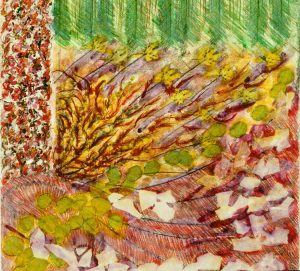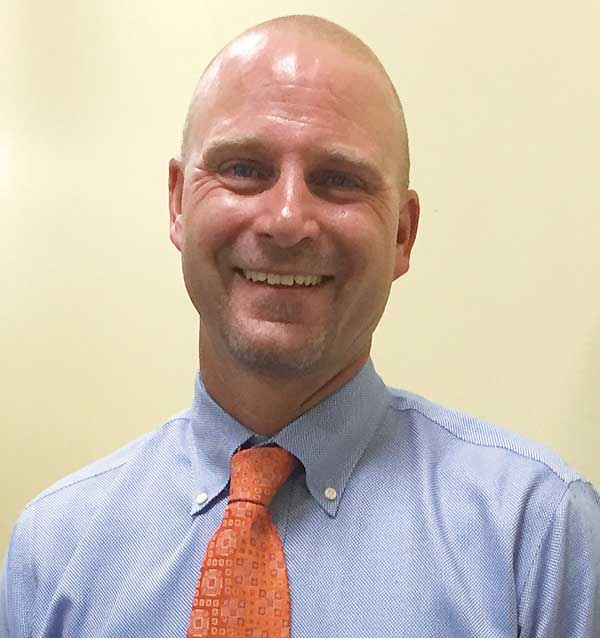HOVAB: Art event represents ‘grassroots effort’
29 Sep 2016
HOVAB is a History of the Visual Arts in Boulder
By Lisa Truesdale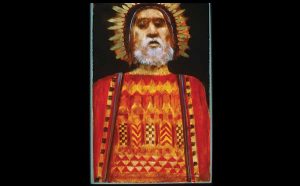
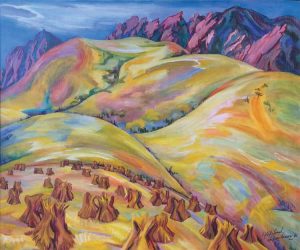
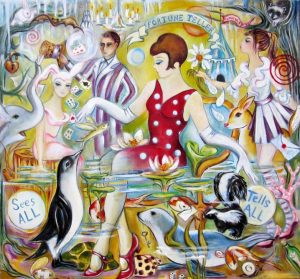
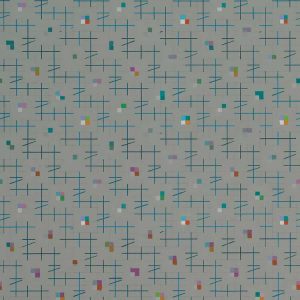
Knowing Our History
Heath couldn’t have done it, she says, without her “brilliant, creative and dedicated” curatorial and steering committee. “They all have impressive credentials as curators, gallery owners or directors, members of arts committees, or artists themselves,” she says. “They have all been around Boulder a long time, so they know the scene and know the artists.” She also credits Felicia Furman of the Boulder Arts Commission, who served as the liaison to HOVAB and guided them on matters related to the $20,000 grant BAC awarded HOVAB last year. Sadly, one of HOVAB’s original committee members, Karen Ripley Dugan, died in 2015, and Heath says they’ve dedicated the entire project to her. Ripley Dugan was the first paid and longest-employed director of the Boulder Center for the Visual Arts, which is now the Boulder Museum of Contemporary Art, and later was the director of cultural programs at the Boulder Public Library. Before her death, Ripley Dugan curated HOVAB’s exhibit for the library’s Canyon Gallery, and the committee worked together to fine-tune it afterwards, with several pieces from Ripley Dugan’s own art collection on loan from her husband, Tom Dugan. Through all of the committee’s hard work, Heath believes that by sharing the history of visual arts in Boulder, HOVAB is also helping to lay a foundation for the future of visual arts. That’s because “healthy growth—truly imaginative transitions—can really only happen if we know our history.”